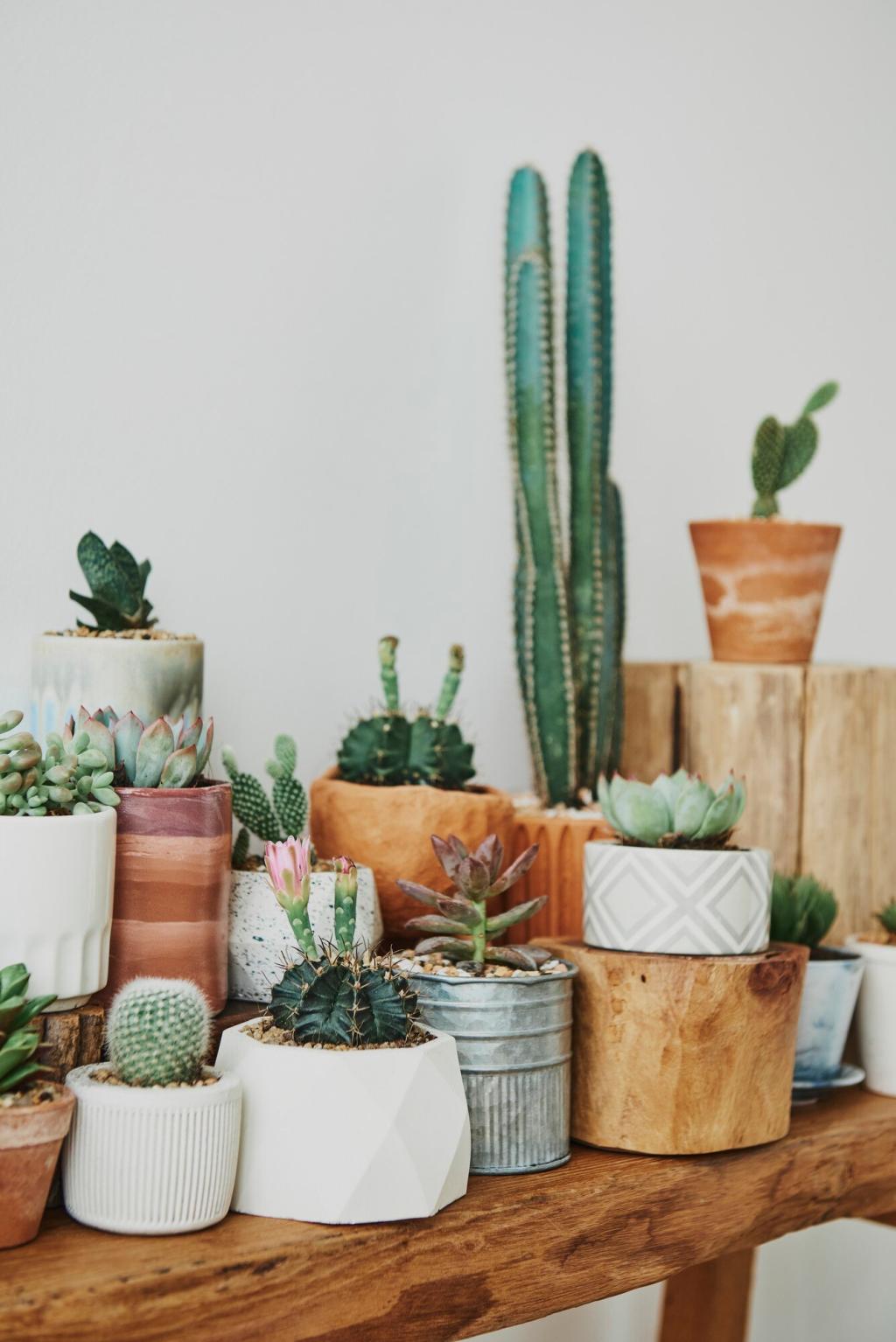
Eco-Conscious Wall Treatments: Beautiful Walls, Lighter Footprint
Chosen theme: Eco-Conscious Wall Treatments. Step into a space where design protects your health and the planet. Discover breathable materials, thoughtful techniques, and inspiring stories that prove sustainable walls can be stunning. If this resonates, subscribe and share your own green wall wins.

Why Eco-Conscious Wall Treatments Matter
Conventional coatings can off-gas volatile organic compounds for months, aggravating allergies and headaches. Low- and zero-VOC paints, mineral plasters, and natural sealers reduce indoor toxins and odors, creating calmer rooms and clearer minds. Share your experience with cleaner air at home.
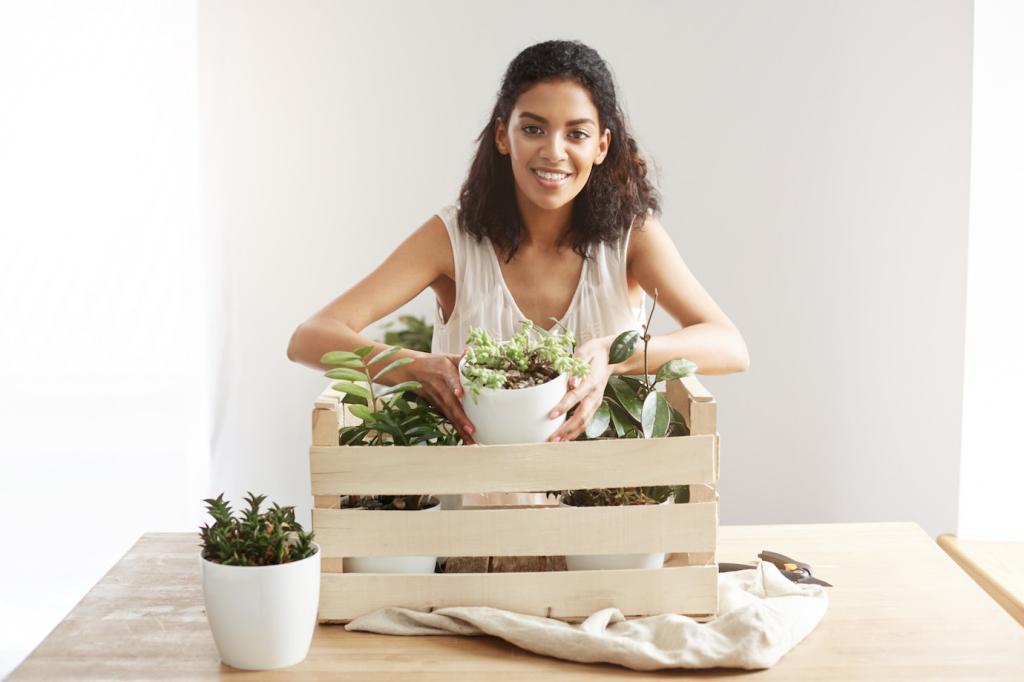
Low- and Zero-VOC Paints
Look for third-party certifications and transparent ingredient lists. Waterborne, zero-VOC bases paired with zero-VOC tints protect indoor air while delivering modern colors. Many readers report fewer headaches after switching—have you noticed a difference? Share your go-to brands and tips.
Clay and Lime Plaster
Mineral plasters absorb moisture when humidity spikes and release it as air dries, helping stabilize indoor comfort. They resist mold, diffuse light beautifully, and soften acoustics. Considering a feature wall? Ask questions below, or subscribe for step-by-step guides and mixing tricks.
Cork, Bamboo, and Reclaimed Wood
Rapidly renewable cork and bamboo add warmth while improving sound absorption. Reclaimed wood diverts material from landfills and brings unique character. Seek FSC or similar assurances of responsible sourcing. Tell us how you’d combine textures to create a nature-centred living room or bedroom.
Techniques for a Greener Finish
Start with dust control and mild, biodegradable cleaners instead of ammonia or strong solvents. HEPA vacuuming and tack cloths reduce airborne particles, while gentle deglossers limit sanding. Have a prep secret that worked wonders? Share your method so others can avoid common pitfalls.
Sieve dry mix, rest after hydrating, and build thin coats with a stainless trowel. Burnish lightly for sheen, or leave matte for a cloudlike texture. Patience during curing pays dividends. Post your first-plaster questions below, and we’ll tackle them in future newsletters.
Choose breathable, waterborne sealers or plant-based oils that maintain vapor permeability. Always test in a hidden spot to check sheen and color shift. Proper ventilation helps finishes cure cleanly. Tell us what finish you prefer and why—it might guide our next how-to.

Design With Nature in Mind
Borrow hues from local soils, river stones, and foliage to ground your rooms in place. Earthy neutrals and soft greens nurture focus without visual fatigue. Curious how undertones shift in daylight? Subscribe for our natural light testing guide and swatch methodology.
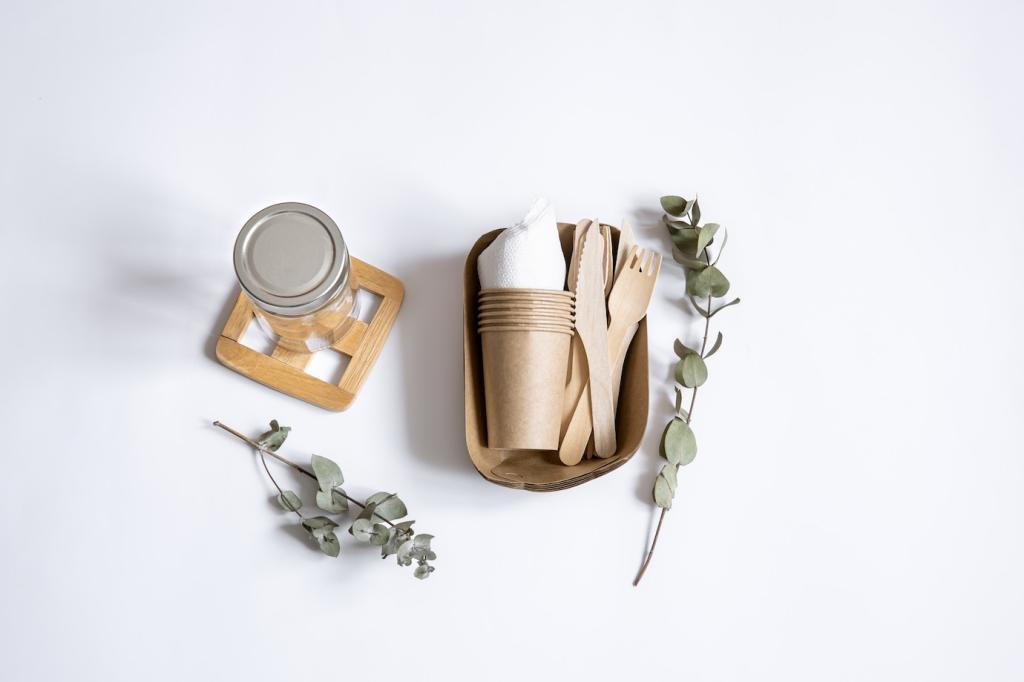
Stories From Real Homes
After repainting with zero-VOC paint, one family noticed their baby slept longer and morning stuffiness faded. The room smells like nothing—exactly the goal. If you tried something similar, tell us what changed, and which product you trusted most.
Stories From Real Homes
A renter transformed a dim hallway with removable, PVC-free wallpaper backed by responsibly sourced adhesive. On move-out, it peeled clean. Considering a temporary upgrade? Ask about breathable, reversible options—we’ll compile ideas in our next subscriber guide.
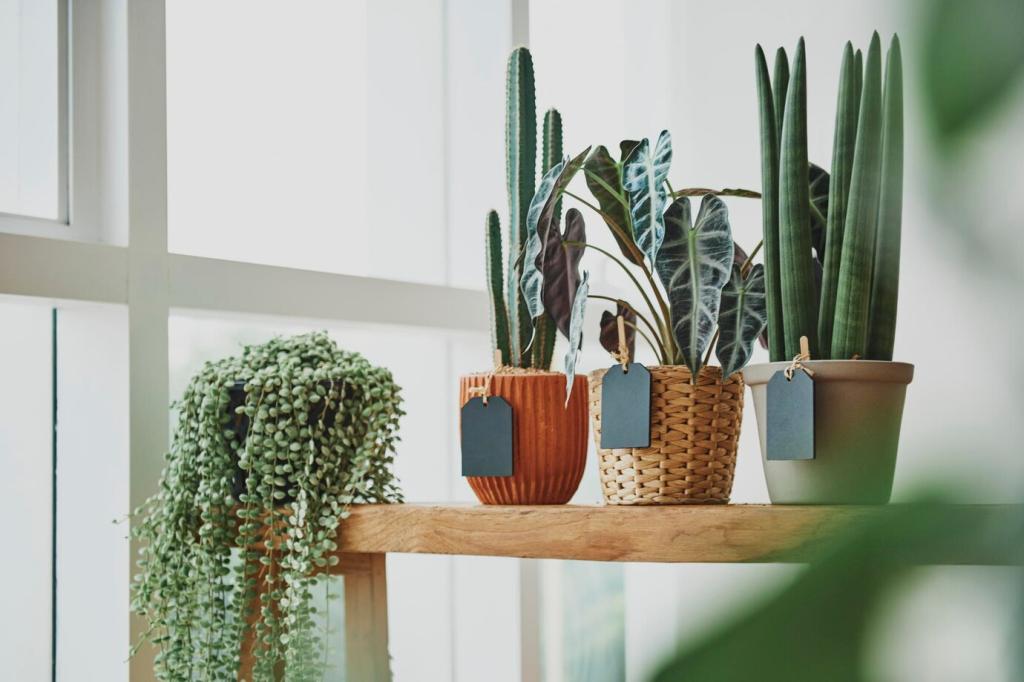
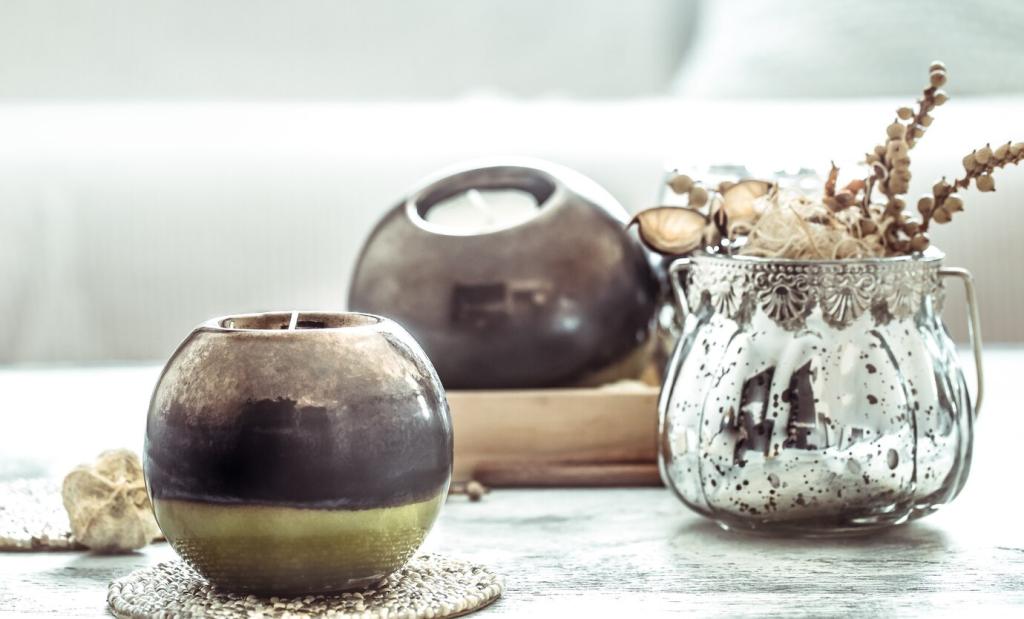
Sourcing Responsibly
Read the Labels That Matter
Look for Greenguard Gold, Declare labels, or Environmental Product Declarations outlining ingredients and emissions. Health Product Declarations add clarity. When brands disclose fully, choosing gets easier. What certifications guide your purchases? Comment below to help others shop confidently and safely.
Local Makers and Salvage Yards
Sourcing nearby reduces transport emissions and supports craftspeople. Salvage yards offer reclaimed wood, vintage tiles, and unique trims. Ask about provenance and finishes. If you’ve scored a standout material locally, inspire us with the story and outcomes.
Plan to Waste Less
Measure twice and calculate coverage to avoid excess. Borrow or share tools, reuse trays, and store leftover paint in airtight jars for touch-ups. Tell us your favorite waste-cutting hack—we’ll feature the best ones in a community roundup.
Caring for Sustainable Walls
Gentle Cleaning That Preserves Finishes
Use microfiber and neutral-pH cleaners to protect clay, lime, and low-sheen paints. Avoid ammonia or abrasive pads that can burnish or stain. What’s your trusted routine? Share products and techniques so others can maintain their walls responsibly.
Quick Repairs the Planet Approves
Keep a small jar of touch-up paint or plaster. Feather edges, color-match carefully, and embrace patina when appropriate. Repairing beats replacing. Tell us your fastest successful patch story—we love solutions that save materials and time.
Seasonal Check-Ins
Monitor humidity, especially with mineral finishes. Dehumidify in sticky months and add gentle moisture in dry winters. Tiny hairline cracks can be normal—log changes before acting. Want reminders? Join our mailing list for seasonal eco-care prompts.
